Key Documents
T0632
Sodium thioglycolate
≥96.5% (iodometric)
Synonim(y):
Mercaptoacetic acid sodium salt, Thioglycolic acid sodium salt
About This Item
Polecane produkty
Poziom jakości
Próba
≥96.5% (iodometric)
Postać
powder
kolor
white to off-white
przydatny zakres pH
6.7 (20 °C, 100 g/L)
mp
>300 °C (lit.)
rozpuszczalność
water: ~609.1 g/L at 20 °C (OECD Test Guideline 105)
temp. przechowywania
−20°C
ciąg SMILES
[Na+].[O-]C(=O)CS
InChI
1S/C2H4O2S.Na/c3-2(4)1-5;/h5H,1H2,(H,3,4);/q;+1/p-1
Klucz InChI
GNBVPFITFYNRCN-UHFFFAOYSA-M
Szukasz podobnych produktów? Odwiedź Przewodnik dotyczący porównywania produktów
Zastosowanie
- as a growth supplement in enrichment media and to study its effect on Arcobacter
- in influenza hemagglutinin formulation in order to reduce disulfide-mediated cross-linking and early potency loss
- in electron microscopy
Działania biochem./fizjol.
Przestroga
Inne uwagi
Hasło ostrzegawcze
Danger
Zwroty wskazujące rodzaj zagrożenia
Zwroty wskazujące środki ostrożności
Klasyfikacja zagrożeń
Acute Tox. 3 Oral - Acute Tox. 4 Dermal - Aquatic Chronic 3 - Met. Corr. 1 - Skin Sens. 1B
Kod klasy składowania
6.1C - Combustible acute toxic Cat.3 / toxic compounds or compounds which causing chronic effects
Klasa zagrożenia wodnego (WGK)
WGK 3
Środki ochrony indywidualnej
dust mask type N95 (US), Eyeshields, Gloves
Certyfikaty analizy (CoA)
Poszukaj Certyfikaty analizy (CoA), wpisując numer partii/serii produktów. Numery serii i partii można znaleźć na etykiecie produktu po słowach „seria” lub „partia”.
Masz już ten produkt?
Dokumenty związane z niedawno zakupionymi produktami zostały zamieszczone w Bibliotece dokumentów.
Klienci oglądali również te produkty
Nasz zespół naukowców ma doświadczenie we wszystkich obszarach badań, w tym w naukach przyrodniczych, materiałoznawstwie, syntezie chemicznej, chromatografii, analityce i wielu innych dziedzinach.
Skontaktuj się z zespołem ds. pomocy technicznej
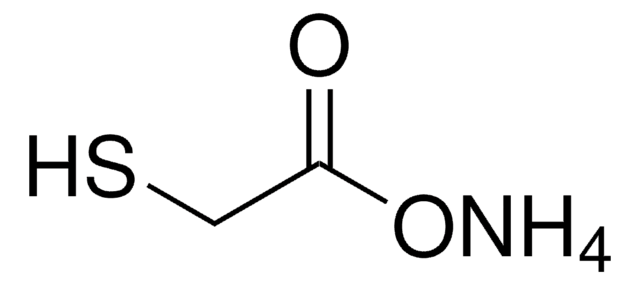
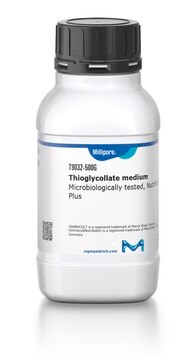

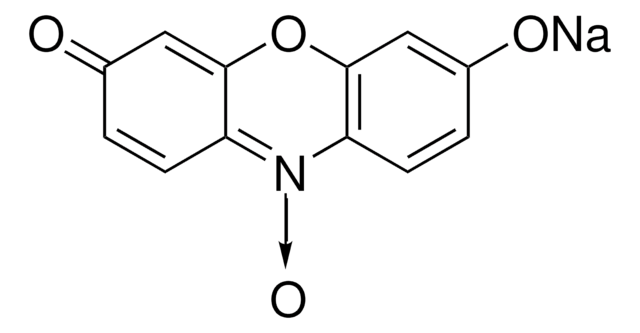
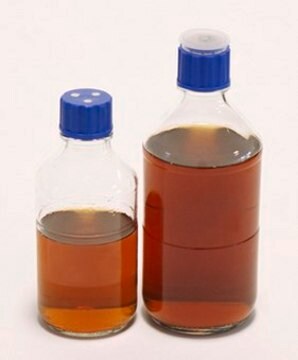


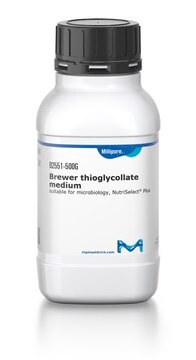



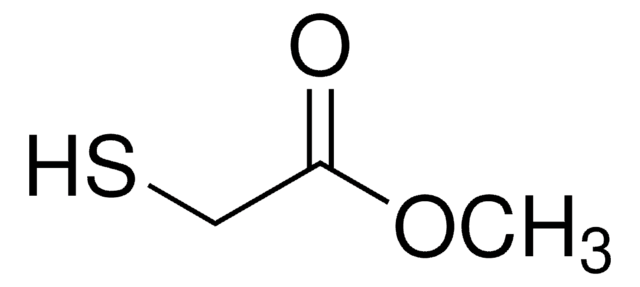
![Bis[tetrakis(hydroxymethyl)phosphonium] sulfate solution technical, 70-75% in H2O (T)](/deepweb/assets/sigmaaldrich/product/structures/236/818/d029a904-00ee-46ad-9fe2-2369f9894cc4/640/d029a904-00ee-46ad-9fe2-2369f9894cc4.png)